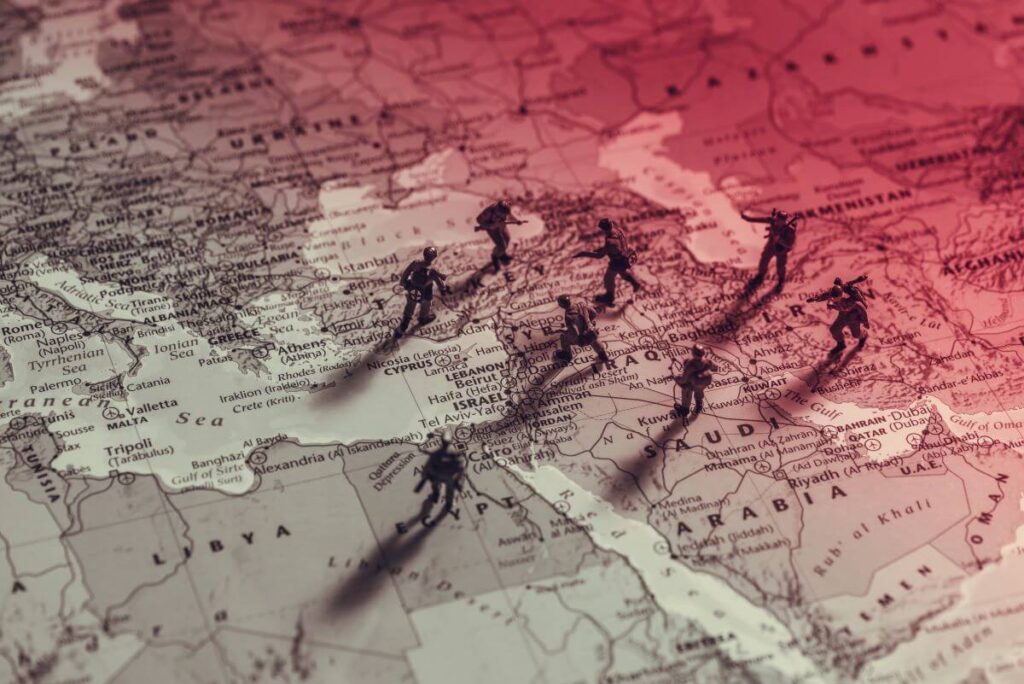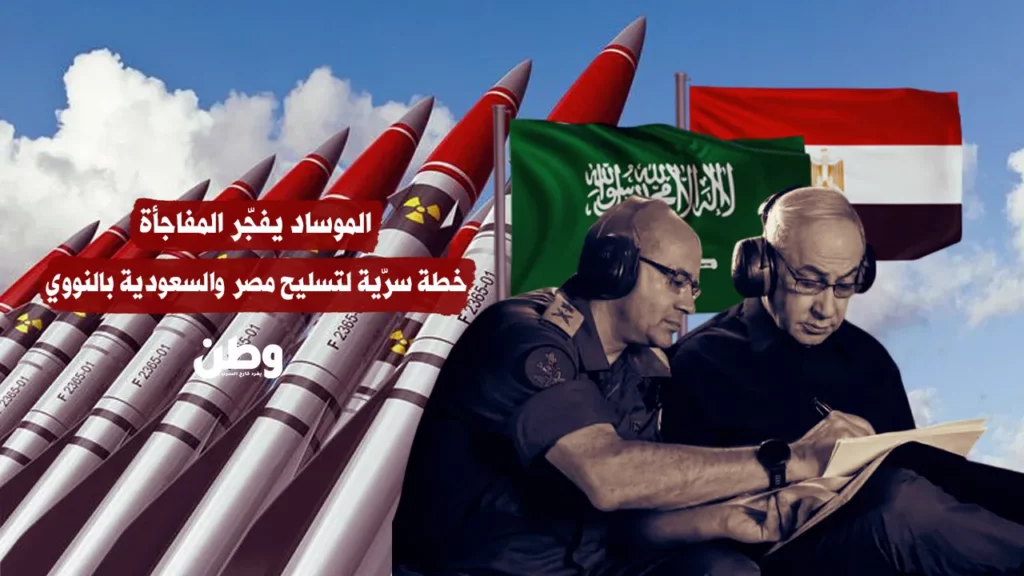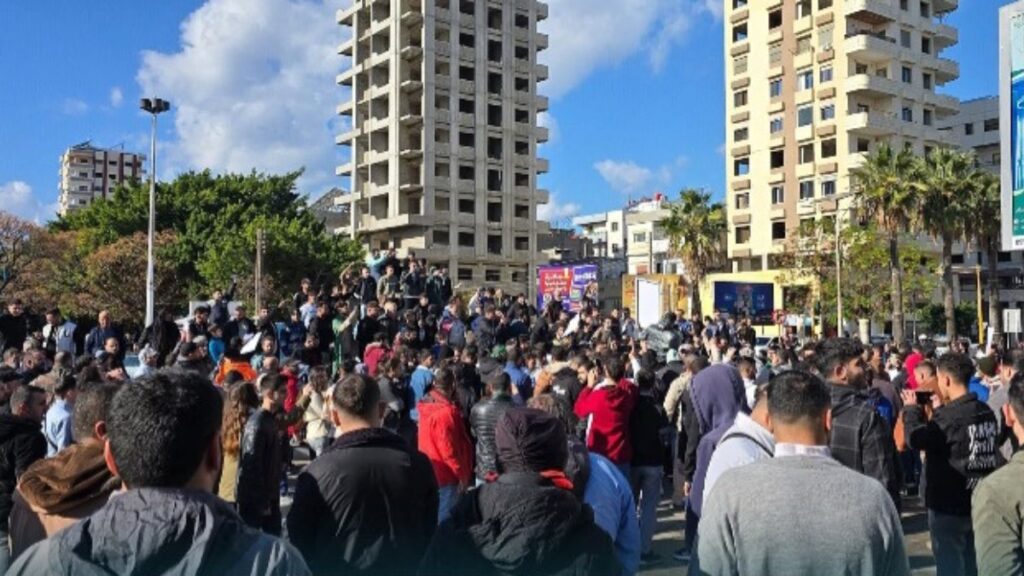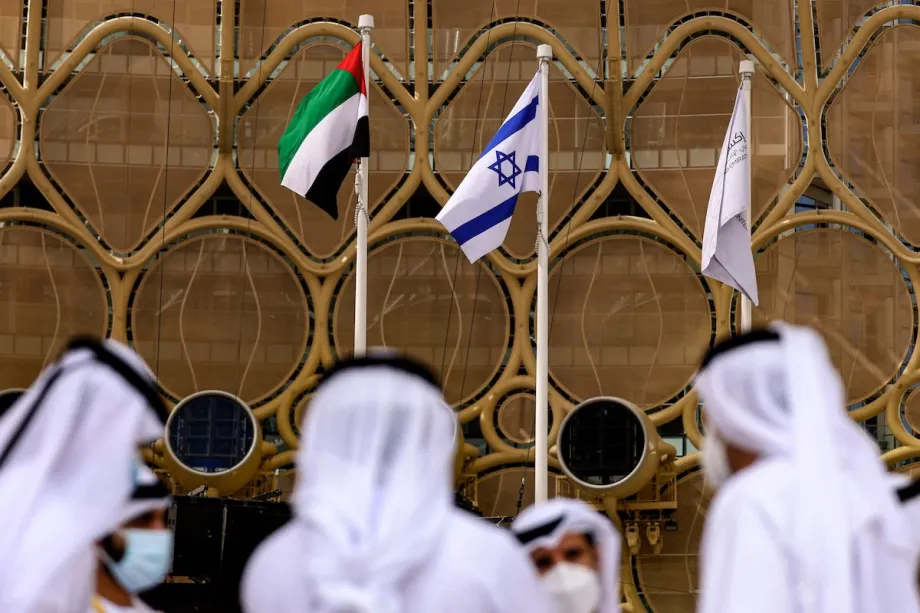Scenarios for the Middle East to 2026: Worse Before It’s Better

The Stimson Center recently convened a meeting of U.S. regional experts to discuss three scenarios for the Middle East over the next 18 months: a continuation of low-level fighting in Gaza; an “all-hell-breaks-loose” nightmare of increased war and violence; and a “keep-hope-alive” vision entailing a long-term cease fire in Gaza and a plan for physical and political reconstruction. Throughout the discussion it became apparent that some variation of the first scenario is most likely with the second scenario having some plausibility; the third scenario, however, was seen as unlikely by 2026. The meeting was held under the Chatham House Rule to foster an atmosphere conducive to frankness.




